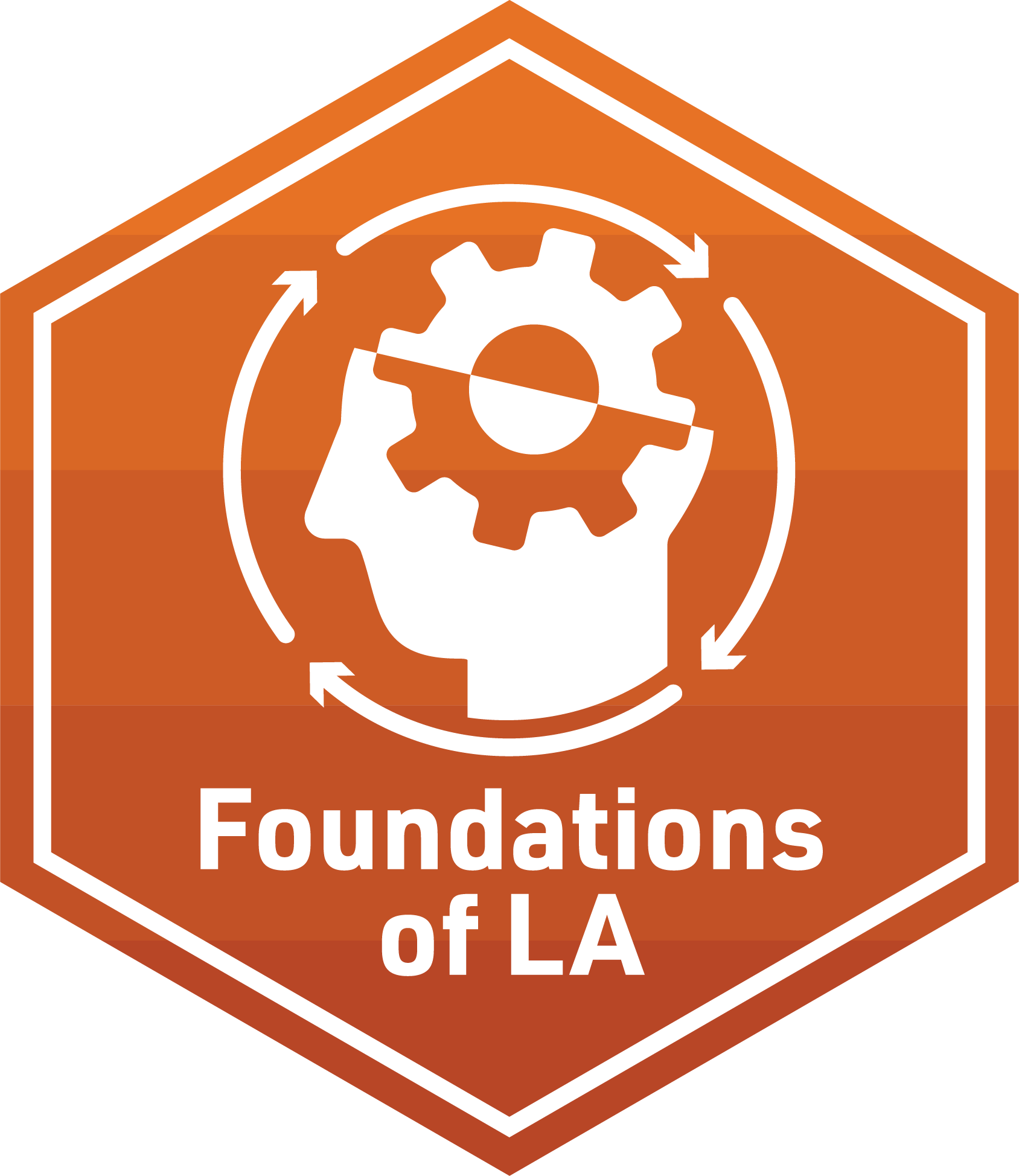Rows: 603
Columns: 30
$ student_id <dbl> 43146, 44638, 47448, 47979, 48797, 51943, 52326,…
$ course_id <chr> "FrScA-S216-02", "OcnA-S116-01", "FrScA-S216-01"…
$ total_points_possible <dbl> 3280, 3531, 2870, 4562, 2207, 4208, 4325, 2086, …
$ total_points_earned <dbl> 2220, 2672, 1897, 3090, 1910, 3596, 2255, 1719, …
$ percentage_earned <dbl> 0.6768293, 0.7567261, 0.6609756, 0.6773345, 0.86…
$ subject <chr> "FrScA", "OcnA", "FrScA", "OcnA", "PhysA", "FrSc…
$ semester <chr> "S216", "S116", "S216", "S216", "S116", "S216", …
$ section <chr> "02", "01", "01", "01", "01", "03", "01", "01", …
$ Gradebook_Item <chr> "POINTS EARNED & TOTAL COURSE POINTS", "ATTEMPTE…
$ Grade_Category <lgl> NA, NA, NA, NA, NA, NA, NA, NA, NA, NA, NA, NA, …
$ FinalGradeCEMS <dbl> 93.45372, 81.70184, 88.48758, 81.85260, 84.00000…
$ Points_Possible <dbl> 5, 10, 10, 5, 438, 5, 10, 10, 443, 5, 12, 10, 5,…
$ Points_Earned <dbl> NA, 10.00, NA, 4.00, 399.00, NA, NA, 10.00, 425.…
$ Gender <chr> "M", "F", "M", "M", "F", "F", "M", "F", "F", "M"…
$ q1 <dbl> 5, 4, 5, 5, 4, NA, 5, 3, 4, NA, NA, 4, 3, 5, NA,…
$ q2 <dbl> 4, 4, 4, 5, 3, NA, 5, 3, 3, NA, NA, 5, 3, 3, NA,…
$ q3 <dbl> 4, 3, 4, 3, 3, NA, 3, 3, 3, NA, NA, 3, 3, 5, NA,…
$ q4 <dbl> 5, 4, 5, 5, 4, NA, 5, 3, 4, NA, NA, 5, 3, 5, NA,…
$ q5 <dbl> 5, 4, 5, 5, 4, NA, 5, 3, 4, NA, NA, 5, 4, 5, NA,…
$ q6 <dbl> 5, 4, 4, 5, 4, NA, 5, 4, 3, NA, NA, 5, 3, 5, NA,…
$ q7 <dbl> 5, 4, 4, 4, 4, NA, 4, 3, 3, NA, NA, 5, 3, 5, NA,…
$ q8 <dbl> 5, 5, 5, 5, 4, NA, 5, 3, 4, NA, NA, 4, 3, 5, NA,…
$ q9 <dbl> 4, 4, 3, 5, NA, NA, 5, 3, 2, NA, NA, 5, 2, 2, NA…
$ q10 <dbl> 5, 4, 5, 5, 3, NA, 5, 3, 5, NA, NA, 4, 4, 5, NA,…
$ TimeSpent <dbl> 1555.1667, 1382.7001, 860.4335, 1598.6166, 1481.…
$ TimeSpent_hours <dbl> 25.91944500, 23.04500167, 14.34055833, 26.643610…
$ TimeSpent_std <dbl> -0.18051496, -0.30780313, -0.69325954, -0.148446…
$ int <dbl> 5.0, 4.2, 5.0, 5.0, 3.8, 4.6, 5.0, 3.0, 4.2, NA,…
$ pc <dbl> 4.50, 3.50, 4.00, 3.50, 3.50, 4.00, 3.50, 3.00, …
$ uv <dbl> 4.333333, 4.000000, 3.666667, 5.000000, 3.500000…
